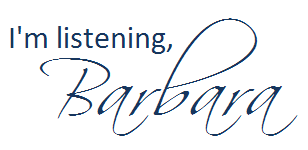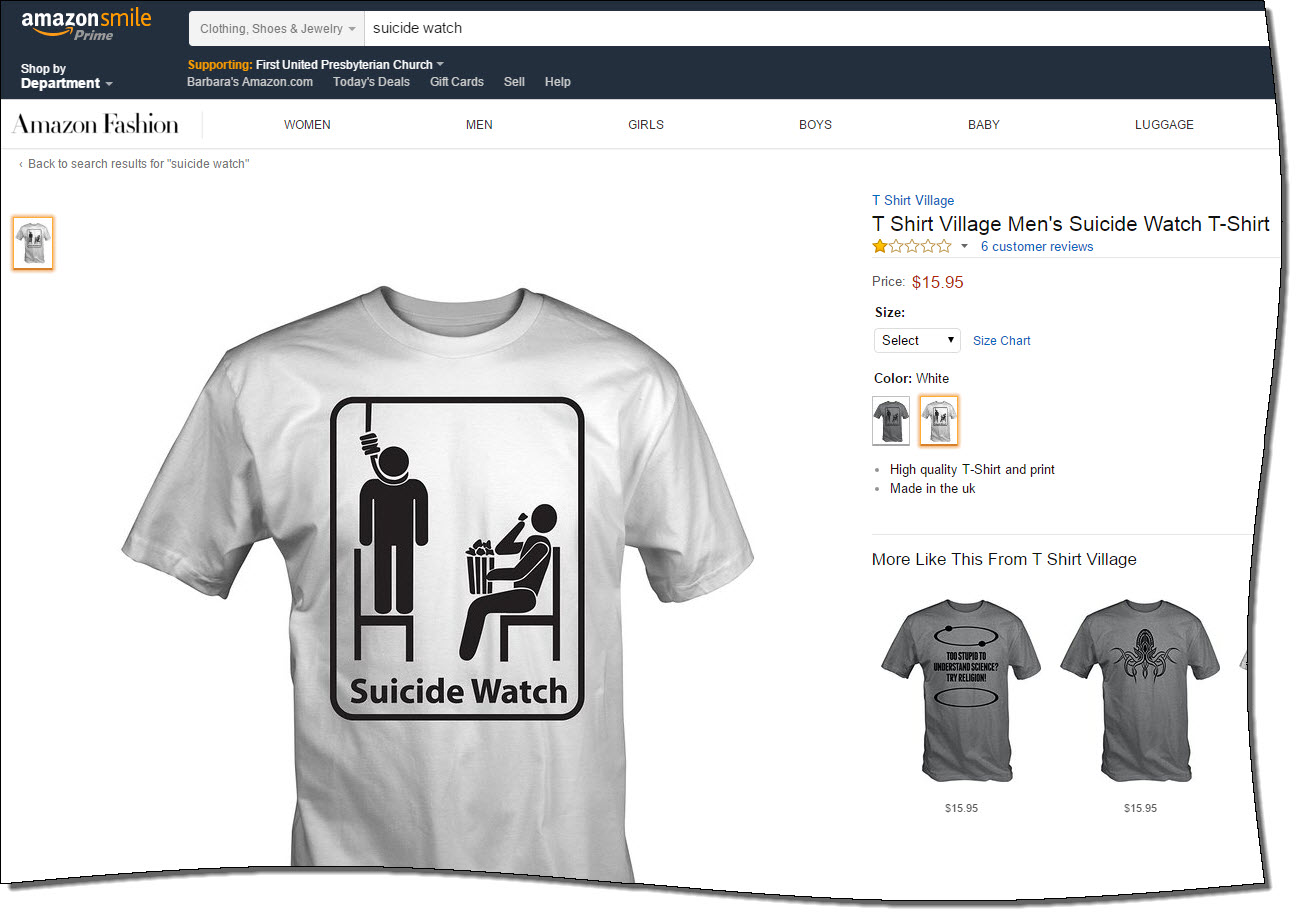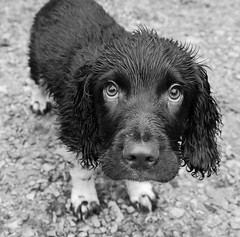When I am in meetings, or other places where it’s expected that people should sit relatively still and “just” listen, I fidget. A lot. (My ADHD meds do help. I know I was much wigglier before I started taking them about 10 years ago.)
If I have a pen/pencil and paper, I tend to doodle.
But yesterday I tried something different to help abate my wiggles and fidgets: I crocheted. It was a simple, repetitive pattern that I have used on many projects, so it was mostly muscle memory I used to complete the stitches. I am confident that I was able to pay closer attention to the speaker because I had something to do with my hands.
I am curious. If someone near you was crocheting or knitting during a meeting (where the participants are 99% listen-only mode), what would your reaction be? And would it be distracting to you?
And a follow-on . . . If you consider it to be distracting to you, how would it compare to sitting near people who are interacting with their electronic devices during a meeting?










